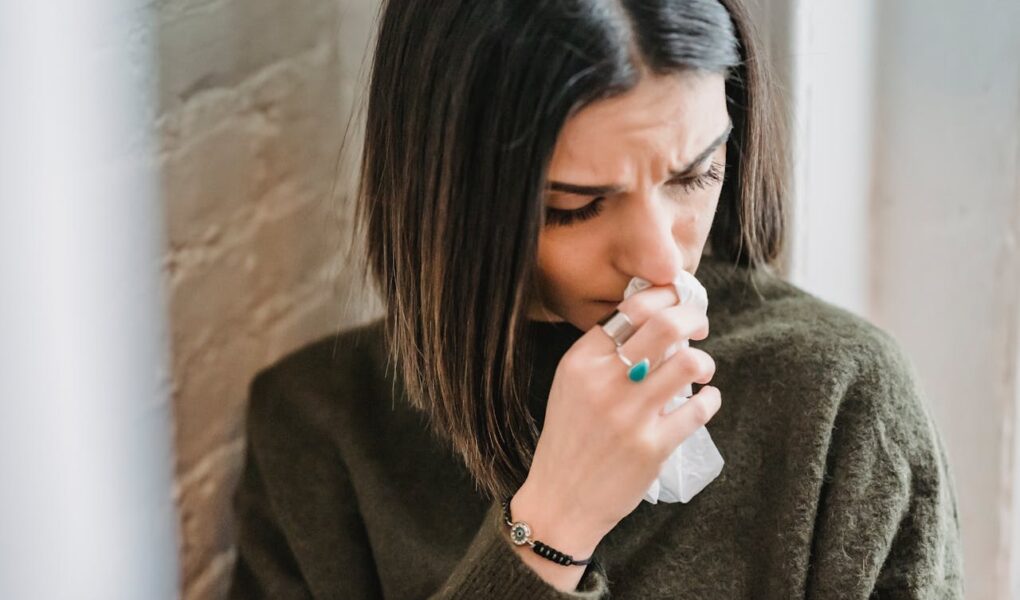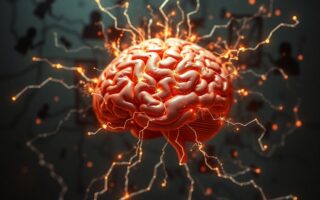Understanding Physical Anxiety Symptoms: Causes, Effects, and Coping Strategies
Anxiety is a natural response to stress or perceived threats, but when it becomes chronic or overwhelming, it can manifest in a variety of physical symptoms that impact daily life. In this comprehensive guide, we’ll explore the range of physical symptoms associated with anxiety, their underlying causes, effects on the body, and effective coping strategies.
Common Physical Symptoms of Anxiety
- Rapid Heartbeat (Palpitations): A pounding or racing heart is a hallmark symptom of anxiety and can be accompanied by sensations of chest tightness or discomfort.
- Shortness of Breath: Anxiety can cause shallow or rapid breathing, leading to feelings of breathlessness or suffocation, even in the absence of physical exertion.
- Muscle Tension: Persistent muscle tension, particularly in the neck, shoulders, and back, is a common physical manifestation of anxiety.
- Trembling or Shaking: Uncontrollable trembling or shaking, especially in the hands or limbs, may occur during periods of heightened anxiety or stress.
- Sweating: Excessive sweating, particularly on the palms, forehead, or underarms, is a physiological response to anxiety triggered by the body’s fight-or-flight mechanism.
- Dizziness or Lightheadedness: Anxiety can cause sensations of dizziness, lightheadedness, or unsteadiness, often accompanied by feelings of derealization or detachment from reality.
- Gastrointestinal Distress: Nausea, stomach cramps, diarrhea, or other digestive issues may arise in response to heightened anxiety levels, as the body diverts blood flow away from the digestive system during the stress response.
- Headaches or Migraines: Chronic tension headaches or migraines may be exacerbated by stress and anxiety, leading to increased frequency or severity of symptoms.
- Fatigue or Weakness: Persistent feelings of fatigue, weakness, or lethargy can result from the physical and emotional toll of chronic anxiety.
- Insomnia or Sleep Disturbances: Difficulty falling or staying asleep, frequent awakenings, or restless sleep patterns are common features of anxiety-related sleep disturbances.
Causes and Effects of Physical Anxiety Symptoms
Physical anxiety symptoms are primarily triggered by the body’s natural stress response, which is designed to mobilize resources and prepare for perceived threats or danger. When activated excessively or chronically, this fight-or-flight response can lead to a range of physiological changes that manifest as physical symptoms of anxiety.
The effects of these physical symptoms extend beyond mere discomfort, impacting various aspects of an individual’s life, including:
- Quality of Life: Persistent physical symptoms of anxiety can significantly impair quality of life, affecting daily functioning, productivity, and overall well-being.
- Interpersonal Relationships: Chronic anxiety symptoms may strain interpersonal relationships, as individuals may withdraw socially or struggle to engage in meaningful interactions due to discomfort or fear of judgment.
- Occupational Performance: Physical symptoms such as fatigue, muscle tension, and concentration difficulties can impair performance at work or school, leading to decreased productivity and job satisfaction.
- Healthcare Utilization: Individuals experiencing physical symptoms of anxiety may seek medical attention for their symptoms, leading to increased healthcare utilization and potentially unnecessary medical interventions.
- Psychological Distress: The presence of physical symptoms can exacerbate psychological distress, contributing to feelings of helplessness, frustration, or despair.
Coping Strategies for Physical Anxiety Symptoms
While physical symptoms of anxiety can be distressing, there are several effective coping strategies that individuals can employ to manage their symptoms and improve their overall well-being:
- Deep Breathing Exercises: Practice deep breathing techniques such as diaphragmatic breathing or progressive muscle relaxation to promote relaxation and alleviate physical tension.
- Regular Exercise: Engage in regular physical activity such as walking, yoga, or swimming to reduce muscle tension, improve mood, and promote relaxation.
- Mindfulness and Meditation: Incorporate mindfulness meditation or guided imagery exercises into your daily routine to cultivate present-moment awareness and reduce physiological arousal.
- Healthy Lifestyle Habits: Prioritize healthy lifestyle habits such as adequate sleep, balanced nutrition, limiting caffeine and alcohol intake, and avoiding nicotine to support overall physical and mental well-being.
- Seeking Professional Support: Consult with a healthcare provider or mental health professional for personalized treatment options, including therapy, medication, or alternative therapies such as acupuncture or massage therapy.
Physical symptoms of anxiety are a common and often distressing aspect of anxiety disorders, but they can be effectively managed with the right tools and support. By understanding the underlying causes of these symptoms, implementing targeted coping strategies, and seeking professional assistance when needed, individuals can regain control over their physical and emotional well-being. If you or someone you know is experiencing physical symptoms of anxiety, don’t hesitate to reach out for help and support.











